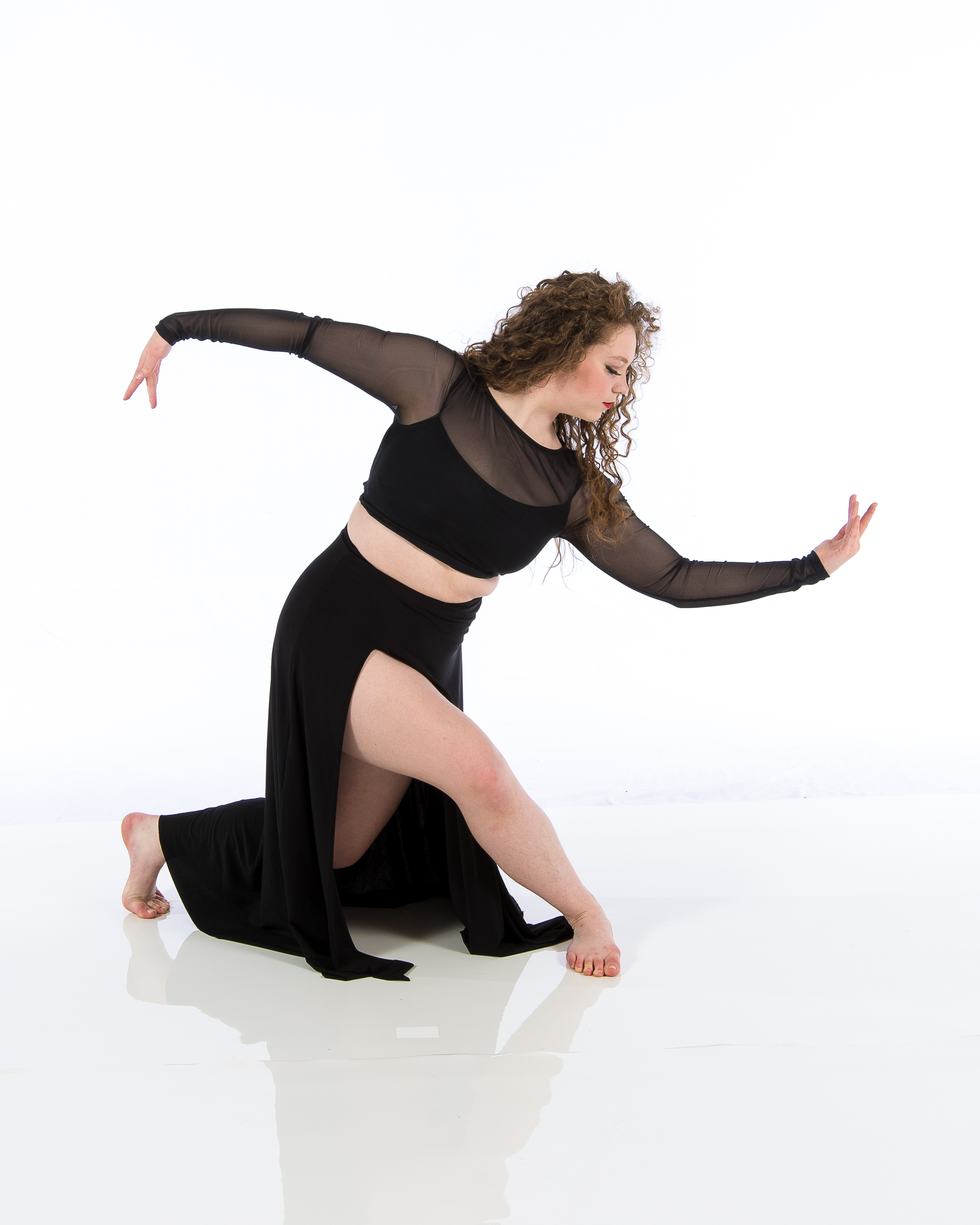Introduction
Ballet is not just a form of dance; it's a visual storytelling medium, rich in history and culture. One of the most integral aspects of ballet is the costumes worn by the dancers. These costumes not only enhance the aesthetic appeal but also play a vital role in conveying emotions, character traits, and narratives during performances. In this article, we will explore Ballet Costumes and Their Significance in Performance Art thoroughly—from their historical origins to their modern-day applications. So, whether you're a dancer at a Ballet Dance Academy, a parent of budding ballerinas, or simply an admirer of dance, there’s something here for everyone.
Understanding Ballet Costumes
The Role of Costume Design in Ballet
Costume design serves multiple purposes in ballet. It helps define characters, sets the mood for a performance, and enhances the overall visual experience. For instance, think about how different colors and styles can evoke various emotions—red may signify passion while blue might represent calmness.
Historical Evolution of Ballet Costumes
From its origins in the Italian Renaissance courts to modern-day productions, ballet costumes have undergone significant transformations. Initially characterized by lavish fabrics and extravagant designs, today's costumes often focus on functionality without sacrificing artistry.
Elements of Ballet Costumes
Fabric Choices
- Silk: Luxurious and flowing. Cotton: Breathable and comfortable. Stretch Materials: Allow for flexibility and movement.
Design Features
- Tutus: Classic skirt style that enhances movement. Leotards: Foundation garments that provide support. Accessories: Such as tiaras or masks to accentuate character.
Ballet Costumes and Their Significance in Performance Art
Ballet costumes are more than just clothing; they are pivotal elements that contribute to storytelling. Through careful design choices, choreographers can illustrate themes and emotions that complement the music and choreography. For example:

These visual elements allow audiences to connect with the narrative on a deeper level.
Types of Ballet Costumes
Classical Tutus vs. Romantic Tutus
While both types serve specific purposes https://akama.com/company/Doty_Performance_af01a3897415.html within performances, they differ significantly in style and silhouette:
- Classical Tutus: Shorter skirts that allow for unrestricted movement; usually paired with bodices. Romantic Tutus: Longer skirts made from layers of tulle that create an ethereal look; often used in productions like "Giselle".
Character Costumes vs. Corps de Ballet Attire
The distinction between individual character costumes and those worn by the corps de ballet plays a crucial role in presentations:
- Character costumes help portray specific roles (like Cinderella or Odette). Corps de ballet attire creates uniformity among groups but can still reflect thematic elements.
The Process of Creating Ballet Costumes
Collaboration Between Designers and Choreographers
Creating ballet costumes is not merely an artistic endeavor; it requires collaboration between costume designers and choreographers to ensure that every element aligns with the vision of the performance.
Sketching Designs: The First Step
Before any fabric is cut or stitched, sketches are created based on choreography notes, themes, and character analyses.
Importance of Color Theory in Costume Design
Colors evoke emotions—this principle is central to ballet costume design:
Warm colors (reds/oranges) tend to energize. Cool colors (blues/greens) soothe or calm.
Choosing appropriate colors can greatly influence audience perception during performances.
Notable Costume Designers in Ballet History
George Balanchine
Known as one of America’s most influential choreographers, Balanchine collaborated with several designers who helped elevate his ballets through innovative costumes.
Maria Bjornson
She gained acclaim for her costume designs for "The Phantom of the Opera," which influenced how theatrical costumes are perceived even within ballet contexts.
Cultural Influences on Ballet Costumes
Ballet has roots worldwide—from Russian ballet's grandeur to contemporary American styles. Each cultural aspect influences costume design:
Russian Ballet
Known for its opulence; heavy use of golds and reds reflects traditional Russian aesthetics.
French Ballet
Often employs lighter fabrics with pastel hues reflecting elegance and delicacy.
Modern Innovations in Ballet Costume Technology
With advancements in technology come new materials that enhance performance without compromising aesthetics:
Breathable fabrics allow dancers to perform longer without discomfort. 3D printing enables intricate designs previously thought impossible!Sustainable Practices in Costume Production
With growing awareness about environmental issues, many dance studios are now opting for sustainable practices when creating costumes:
Recycled materials can be used creatively. Renting costumes rather than purchasing reduces waste significantly!FAQs
What are some common materials used in ballet costumes?
Common materials include silk, cotton blends, tulle for tutus, stretch fabrics for leotards, among others based on comfort & mobility needs.
How do ballet costumes affect performance?
They impact not only visual appeal but also movement freedom; properly designed attire allows dancers to express themselves fully through their art form!
Can I find custom-made ballet costumes?
Absolutely! Many companies specialize in creating custom garments tailored specifically according to individual dancer’s measurements & performance needs.
Where can I buy quality ballet attire?
Local dance stores often carry high-quality options focused exclusively on dance wear—online retailers also have vast selections ranging from budget-friendly finds to luxury items!
Why are tutus so iconic?
Tutus are synonymous with classical ballet because they enhance movement visibility while adding dramatic flair - making them visually stunning on stage!
How much does a typical ballet costume cost?
Prices vary widely depending on complexity & materials—simple leotards may start around $30 while elaborate tutus might reach upwards into hundreds!
Conclusion
In summary, understanding the significance behind Ballet Costumes enriches our appreciation for this beautiful art form immensely! They’re not just decorative pieces; they encapsulate emotion & context while helping convey stories through physical expression! Whether you’re training at a local Ballet Dance Studio or observing from afar as an audience member—you’ll never look at these stunning creations quite the same way again!
Next time you attend a performance or step into your own Dance Studio, remember: every twirl tells a story enhanced by those vibrant fabrics wrapped around each dancer!